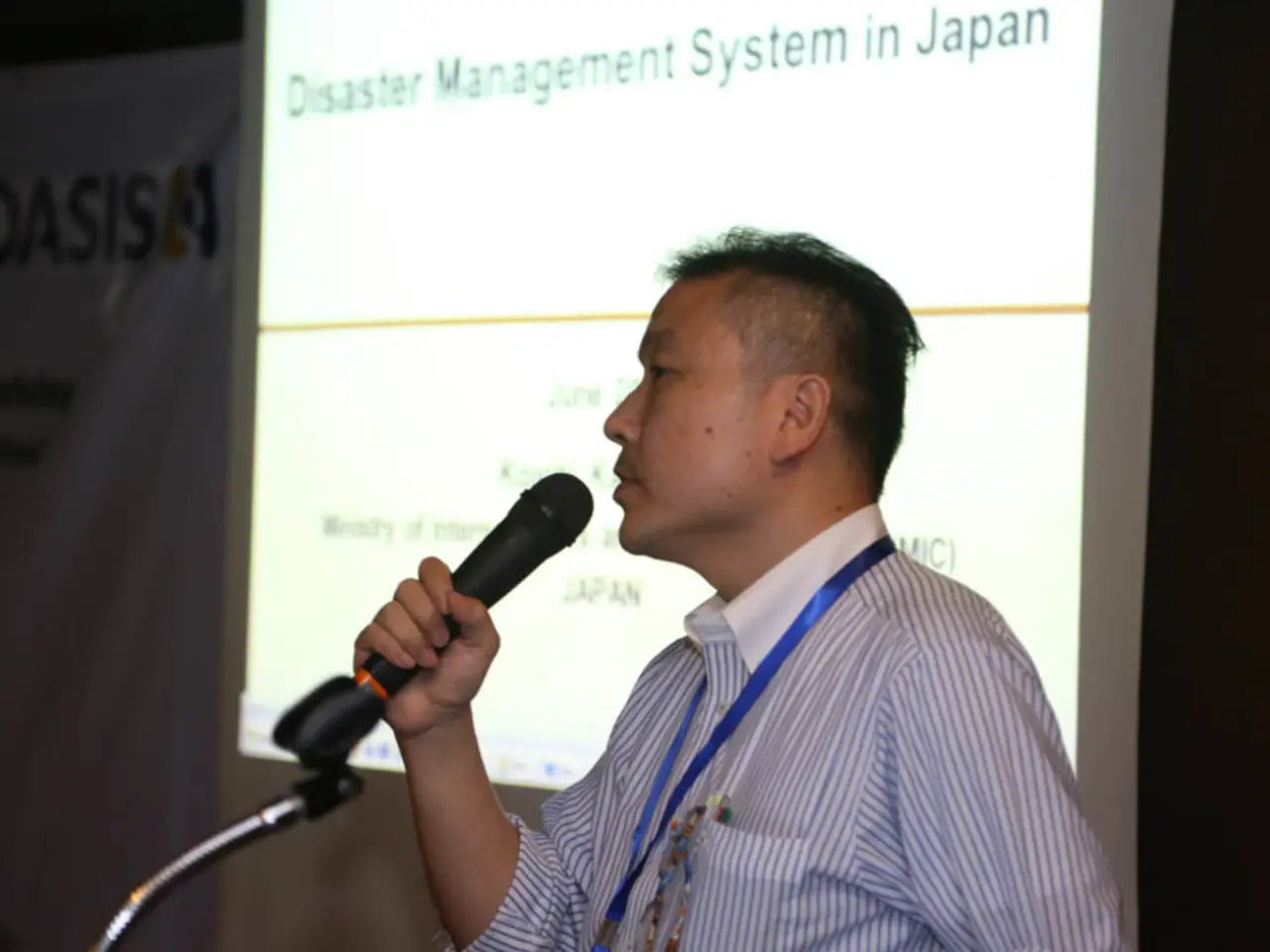Nuclear Responsibility Within Indian Jurisdiction
India's nuclear energy sector is facing challenges in attracting foreign investment, primarily due to the strict and potentially unlimited liability regime under the Civil Liability for Nuclear Damage Act (CLNDA). This liability regime, which holds suppliers liable for nuclear damage caused by defective equipment or services, even if unintentional or latent, is more stringent than international norms.
The Indian Nuclear Insurance Pool (INIP), with a capacity of ₹1,500 crores, has been operational since 2015, but its capacity is considered mismatched with potential multibillion-rupee claims. Moreover, no overseas re-insurance is allowed, which further discourages foreign suppliers.
The government is actively pursuing legal reforms to address these challenges. Proposed amendments to the CLNDA aim to align India’s liability provisions with global standards, particularly the 1997 Convention on Supplementary Compensation for Nuclear Damage (CSC), which India ratified in 2016. The amendments include diluting Section 17(b) to reduce supplier liability scope, clarifying the definition of “supplier” to exclude smaller sub-vendors unless otherwise contractually specified, and potentially capping supplier liability.
The government also proposes to set a monetary cap on supplier liability pegged to the contract value and establish a time-bound applicability of such liabilities, which would reassure suppliers by limiting financial risk. There is discussion of creating a nuclear liability fund with defined contributions from operators to cover liabilities exceeding capped amounts, potentially supported by government backing.
Regulatory oversight by the Atomic Energy Regulatory Board (AERB) will ensure proper vetting of projects and contractual clarity regarding liability and recourse clauses, maintaining safety and accountability while protecting suppliers from ambiguous liabilities. Broader legal reforms are aimed at opening the nuclear sector to private and foreign investment, including amendments to the Atomic Energy Act, which currently restricts operation of nuclear plants to state entities.
India aims to increase its nuclear capacity from 8.8 GW to 100 GW by 2047. Suggestions for the way forward also include raising INIP capacity to ₹6,000 crores, allowing foreign reinsurers, and introducing a sovereign guarantee layer above the pool. The CEA projects a 6.5% Compound Annual Growth Rate (CAGR) electricity demand to 2040.
However, challenges remain. Land Acquisition and coastal regulation delays, such as those at Jaitapur, have been a recurring issue in nuclear power projects. The draft 2025 Amendment caps supplier liability to contract value, sets a 5-year limitation, and harmonises with Article 10-CSC. The Government of India has not yet notified Rules for defining "nuclear damage", raising the scope of potential claims.
The 9,900 MW (six-unit) European Pressurized Reactor site at Jaitapur, Maharashtra, remains stalled due to suppliers seeking certainty on liability. Countries like France have operator-only liability of €700 million, with the state providing a guarantee above this limit, which facilitates the EDF export model. The United States has a price-ceiling of approximately $13 billion for operator insurance and federal indemnity beyond, which indemnifies suppliers.
In conclusion, India's nuclear liability challenges stem from its unique and stringent liability regime that exceeds international norms, causing reluctance among foreign suppliers. The government is actively pursuing legal reforms to cap supplier liability, clarify definitions, create liability funds, and open the sector to private and foreign players — measures expected to mitigate liability concerns and stimulate foreign investment in the nuclear energy sector.
The Indian government is proposing to set a monetary cap on supplier liability in the nuclear energy sector, pegged to the contract value, to reassure foreign suppliers and encourage investment. Furthermore, regulatory reforms aim to establish a nuclear liability fund with defined contributions from operators, providing additional coverage for liabilities beyond the capped amounts.




